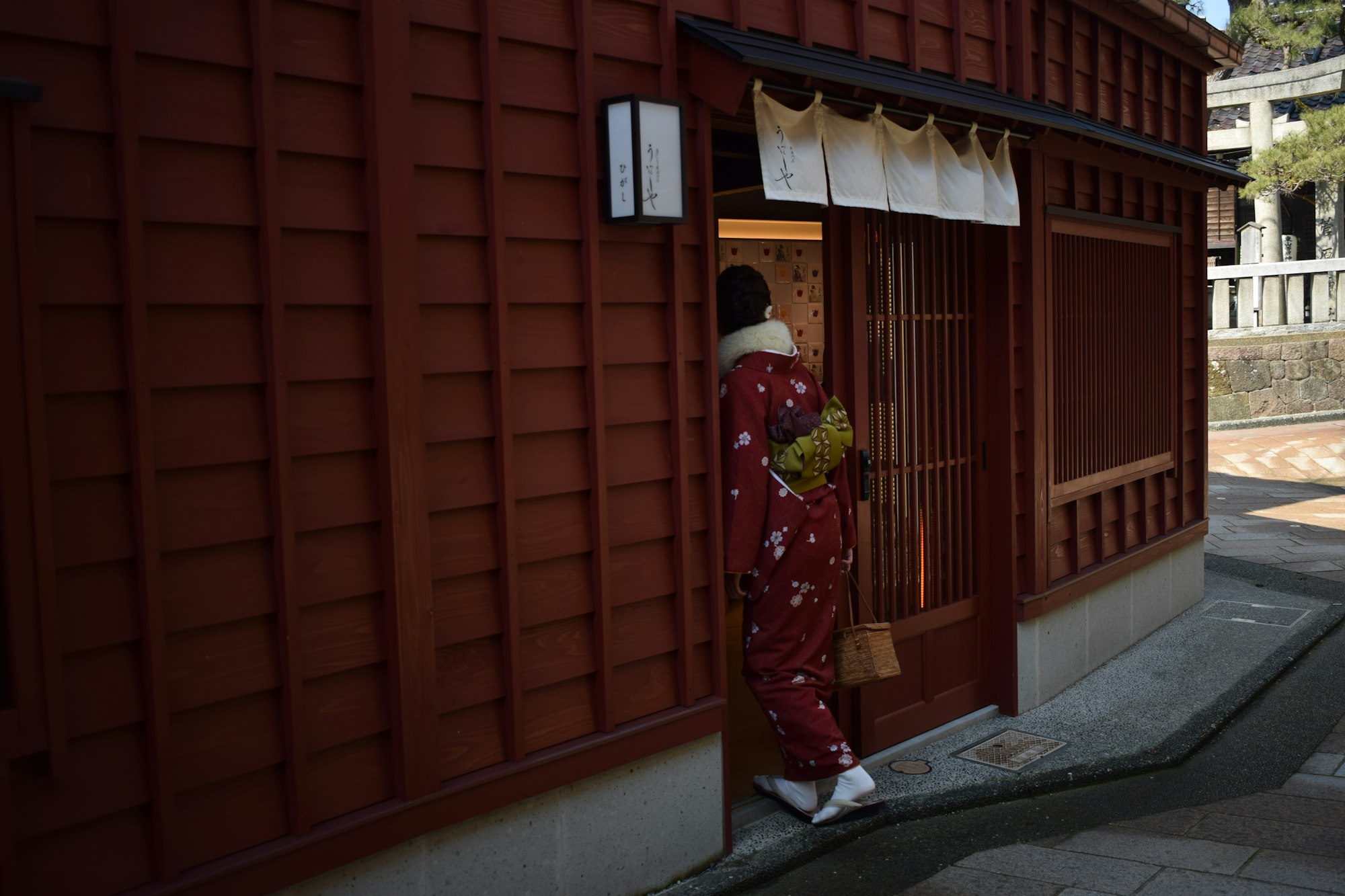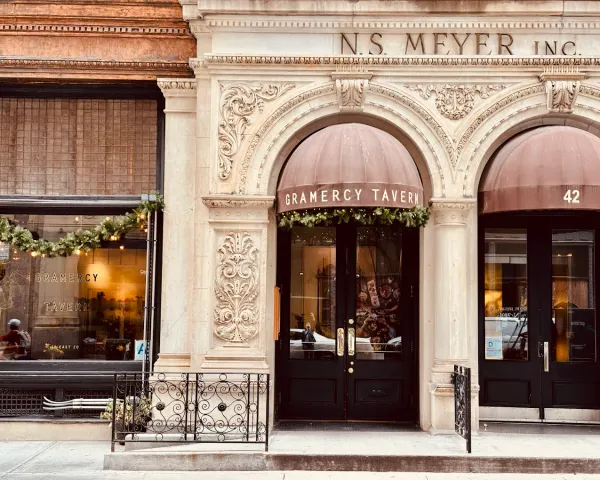Bhutan Kingdom: ULTIMATE GUIDE to the Last Shangri-La
In Bhutan, the journey inward is as important as the journey through the mountains. Come not just to see the Last Shangri-La, but to discover what happiness truly means.

Nestled in the heart of the Eastern Himalayas lies a country that has prioritized happiness over GDP. Here, forests are more important than factories, and they promote conscious tourism over mass tourism. Welcome to the Kingdom of Bhutan, the last Shangri-La, where ancient monasteries perch on cliffs and where the concept of Gross National Happiness is not just a policy, but a way of life. This has been reason enough to make Bhutan one of Asia's most unique destinations.
This landlocked jewel sits at elevations ranging from 200 meters in the south to over 7,000 meters in the north, creating a tapestry of subtropical plains, temperate valleys, and alpine peaks.

Pioneering Sustainable Tourism: The Bhutanese Model
Bhutan operates on a revolutionary "High Value, Low Impact" tourism policy. It is the first country in the world to limit the number of foreign travelers per year. The Kingdom of Bhutan allows only 300,000 visitors per year, a fraction of the number received by neighboring countries.
Also, Bhutan is the world's only carbon-negative country, absorbing more CO2 than it produces through its constitutional requirement to maintain 60% forest cover (currently at 71%). This was achieved through:
- Hydroelectric power from glacial rivers.
- Forest conservation laws.
- Sustainable agriculture practices.
- Limited industrial development.
The country charges a Sustainable Development Fee (SDF) of $100 per person per night for most visitors. This is a measure to ensure that tourism funds conservation and community development rather than environmental degradation.

Who should travel here?
The Kingdom of Bhutan calls to conscious travelers who seek:
- Authentic cultural immersion over Instagram moments.
- Spiritual growth through Buddhist philosophy.
- Adventure with purpose (sustainable trekking).
- Digital detox in a largely screen-free society.
- Quality over quantity experiences.
This destination rewards patience, respect for local customs, and openness to profound cultural differences.
Visa & Entry Requirements
All nationalities except Indian, Bangladeshi, and Maldivian citizens need visas.
How to apply?
- Apply through licensed Bhutanese tour operators.
- Visa fee: $40 USD.
- Must pay Sustainable Development Fee ($100/day for most nationals).
- Tourists from India, Bangladesh, Maldives: $15/day SDF.
Visa-Free:
- Indian Citizens: Only need a valid passport or voter ID.
- Bangladeshi Citizens: Visa-free for up to 14 days.
- Maldivian Citizens: Visa-free entry.

Where the journey begins
It's recommended to stay in the Kingdom of Bhutan for more than seven days. For a truly immersive cultural experience, two to three weeks is recommended. This allows you to experience the culture of the eastern regions. To add hiking trails and festivals, then stay in the country for three to four weeks.
There's no rush here, but there is a desire to get to know the life and culture of the natives in depth, as well as an interest in caring for the environment.
The journey through its flavors
Is there any better way to get to know a country than through food? I think there is not. So, here are the must-try Bhutanese dishes:
- Emma Datshi: the national dish of chili peppers with cheese.
- Momos: dumplings in a Tibetan-style with different fillings.
- Phaksha Paa: pork, radish, and chilies. What can go wrong?
- Red Rice: It grows at high altitudes and is a nutrient-dense grain..
- Suja: butter tea.
- Ara: a local rice wine.
Where to eat all this food?
- Folk Heritage Restaurant: familiar and home-style cooking. The restaurant also has vegetarian-friendly, vegan, and gluten-free options.
- Sonam Trophel Restaurant: a place where traditional recipes are served.
- Street food stalls near weekend markets for casual dining.
A characteristic of Bhutanese food is its spiciness. Most dishes tend to be spicy, especially for those unfamiliar with chili.

Must-see sites
First, the list that all first-time travelers should check.
- Tiger's Nest Monastery (Paro Taktsang): Possibly the most viral postcard of the Kingdom of Bhutan. A monastery built on a mountain cliff.
- Punakha Dzong: Considered one of the oldest, largest, and most impressive fortified monasteries in Bhutan, Punakha Dzong houses an important relic over which many wars with the Tibetans were fought.
- Thimphu: Considered the most modern city in the country, it boasts Wi-Fi, monasteries, and forests.
- Dochula Pass: an 108 stupas with panoramic Himalayan views.
Now, some destinations that are little known to visitors but are worth a visit.
- Haa Valley: You'll likely meet very spiritual people here who've never met a traveler before. It's a place 100% visited by locals.
- Bumthang Valley: the spiritual heartland of the Kingdom of Bhutan. Locals come here for spiritual renewal.
- Phobjikha Valley: Bhutan’s most beautiful valley, popularly known as Gangtey. It isn’t designed for mass tourism—and that’s precisely why it feels like a rare gift.
- Trashigang: Popular treks include the Merak and Sakten Trek, which takes you through stunning landscapes and remote villages.

Best time to go to the Kingdom of Bhutan
Spring (March-May): Rhododendrons paint the mountains in brilliant reds and pinks. Clear skies offer stunning Himalayan views, though occasional spring showers bring fresh energy to the landscape. Temperatures between 10-20°C, occasional rain.
Autumn (September-November): Perhaps the most magical season. Crystal-clear skies, comfortable temperatures, and festival season create perfect conditions for both trekking and cultural immersion. From 8 to 18ºC and clear skies.
Summer (June-August): Monsoon season brings lush greenery but can limit mountain views. Ideal for those seeking solitude and don't mind occasional rain showers. Warm, but acceptable, temperatures between 15 and 25ºC, monsoon season.
Winter (December-February): Clear mountain views and fewer crowds, though higher elevations can be quite cold. Perfect for those seeking contemplative travel experiences. From -5 to 15ºC, dry and sunny.

Getting there
By Air: Paro International Airport (PBH) is Bhutan's only international airport, served by Druk Air and Bhutan Airlines. Flights connect through Delhi, Kolkata, Bangkok, Singapore, and Kathmandu.
By Land: Three land borders connect Bhutan to India:
- Phuentsholing (most popular entry point from Siliguri/Bagdogra).
- Gelephu (from Guwahati).
- Samdrup Jongkhar (from Guwahati).
No direct land access exists from China due to political considerations and challenging terrain.
Before you go
Dzongkha is the official language, though English is widely spoken in tourist areas. Regional languages include Tshangla and Nepali.
Currency is Bhutanese Ngultrum (BTN), pegged 1:1 with the Indian Rupee, which is also accepted.
Transportation:
- Hired vehicles with licensed guides (required for tourists)
- Local buses for budget-conscious independent travelers
- Domestic flights between Paro and the eastern regions. Paro is considered one of the world's most challenging airports—only certified pilots can land here.
- Traditional walking paths for spiritual pilgrimages.
First-Timer Essentials:
- Pack layers for varying altitudes.
- Respect dress codes at dzongs and monasteries.
- Learn basic Buddhist etiquette.
- Bring altitude sickness medication.
- Download offline maps (the internet can be limited).
- Respect photography restrictions at religious sites.
I'm so glad you made it this far. Plan V is an independent magazine, and your donation allows me to continue doing this.
See you soon.
Thank you!
FAQS
Why is Bhutan famous for?
Bhutan is world-renowned for pioneering the concept of Gross National Happiness over Gross Domestic Product, being the world's only carbon-negative country, and maintaining its unique Buddhist culture while modernizing thoughtfully. It's also famous for its "High Value, Low Impact" tourism policy and for being one of the last countries to introduce television (1999).
What is the quality of life like in Bhutan?
Despite lower monetary income compared to Western standards, Bhutanese enjoy high life satisfaction through strong community bonds, spiritual practices, environmental harmony, and cultural preservation. Free healthcare and education, low crime rates, and emphasis on work-life balance contribute to genuine contentment. However, youth unemployment and rural-urban migration present modern challenges.
Is it safe to travel to Bhutan?
Bhutan is exceptionally safe for travelers. Crime rates are extremely low, violent crime against tourists is virtually unheard of, and the Buddhist culture emphasizes non-violence and compassion. Natural hazards like altitude sickness and mountain weather require standard precautions. The mandatory guide system provides additional safety oversight.
Is Bhutan the happiest country in the world?
While Bhutan doesn't typically rank #1 in international happiness surveys (Nordic countries often top these), it's the only nation that officially measures Gross National Happiness as a development indicator. This holistic approach to well-being, encompassing spiritual values, environmental conservation, cultural preservation, and good governance, creates a unique form of contentment that differs from Western happiness metrics focused primarily on individual wealth and freedom.






